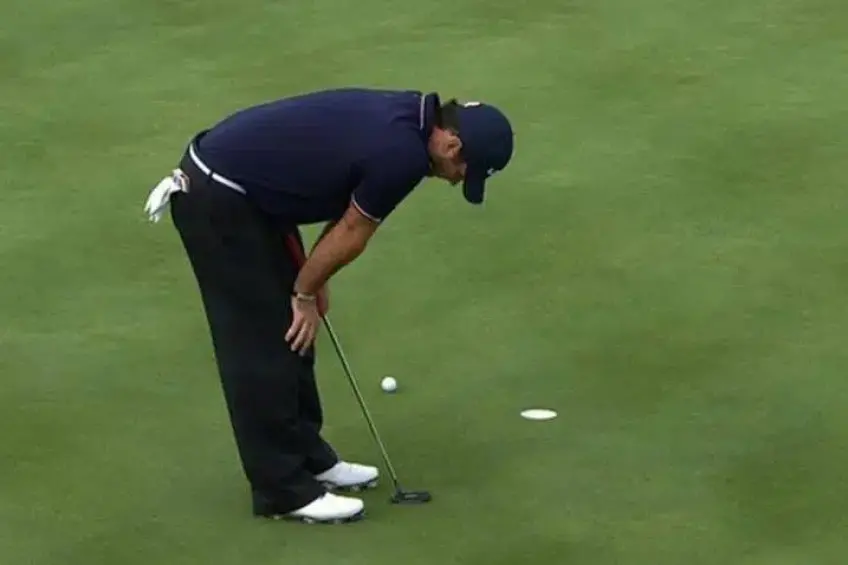With the yips you immediately perceive the desperation of the player whose mind and body seem to be completely at odds with each other when they have to roll a ball towards a hole. Many careers have been ruined by this seemingly strange phenomenon.
If you’ve never been through it, some of the descriptions of yips may seem very strange. Having taught several players afflicted with this problem, at worst, I can say that the feeling is that some of them have just been hit by an electric “jolt” while trying to move the putter towards the ball.
It’s not pleasant to see, but much of the problem is compounded by false myths and downright negative information. The old saying: “if you got it, you’re done for now!” it meant that once you had suffered the wrath of the golf gods and the shock had “entered” you, there was nothing I could do about it.
Karl Morris himself, author of The Mind Factor, believes that this is fundamentally wrong and that we can still have fun even though he suffered from this problem on the greens. Here are some of the areas to consider for the solution of the problem according to the English mental guru.
Karl Morris, statements
It is no coincidence that many players like Bernhard Langer have been able to overcome the yips with a radical change in the way they hold the putter. Grips like “claw”, “inverted hands” or “pencil” make sense because the player is basically recruiting a new set of neurons to do the job.
It is in effect a new movement that requires the brain to learn a new skill instead of continuing to try to do something “faulty” with the old handle. Separate the hands Physically separating the hands on the handle changes the brain processing of that stroke.
From a uni-manual activity we pass to a bi-manual one. This method can be understood by the brain as a completely different way of starting a project; as if he were learning a new skill instead of fixing something that feels broken.
Don’t look at the ball It may seem completely counter-intuitive, but it would seem that an excessive emphasis on “watching the ball” can actually increase the yip. Staring at something carefully can cause a huge increase in muscle tension, almost as if the system senses danger by activating the “fight or flight” response, neither of which is particularly useful on a green.
Remember Sergio Garcia when he won the Master? Roberta Gallingani spoke very clearly about it in her article on the Inner Game. Finish the swing well It is not the advice of the grandmother. It would seem that if we intend to finish the gesture correctly, the brain-body system will organize the movement around that intent.
All movement through impact will fall into place in the right sequence if we focus on finishing correctly. Visualizing the shot up to where it ends is another way that takes away the concentration and anticipation of the impact and allows the shot to pass through the ball rather than against the ball.
Take a practice swing and really feel the position of the finish, then take a position on the ball just thinking about repeating the movement. Suppress the thought Here, always Morris, borrowing a technique typical of Tim Gallwey’s Inner Game, asks to do a countdown that will keep the thinking brain busy and perhaps allow for better movement.
When you are engrossed in this “task,” the motor program is free to swing the putter. You now have some tried and tested ideas that have proven effective and are backed up by a good deal of scientific research. So finally I will no longer be afraid of pronouncing forbidden words, but above all you will no longer be afraid of listening to them.
